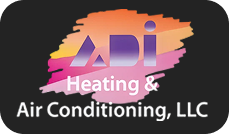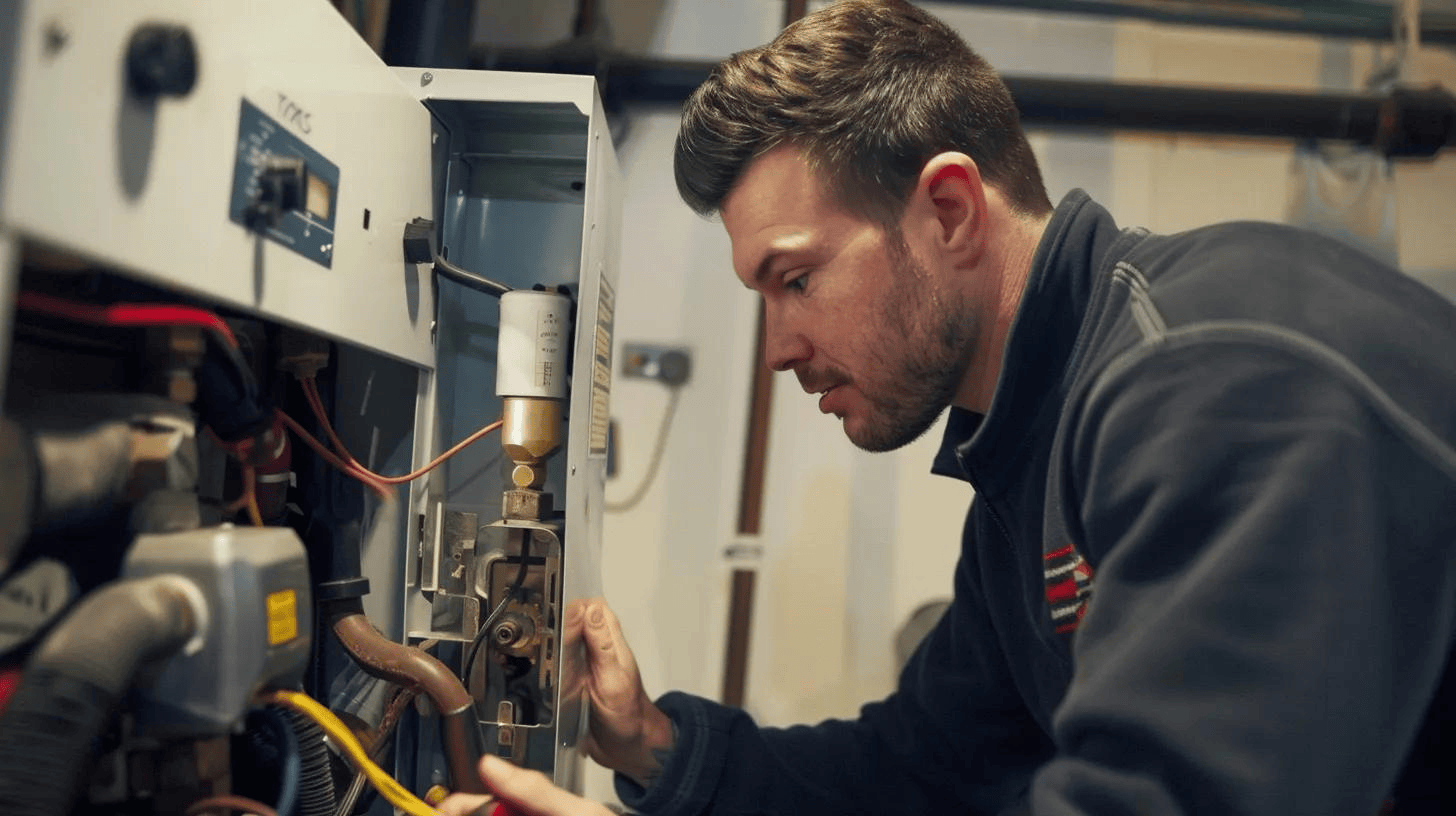IAQ Whole House Air Filtration in Brinklow, MD
Whole House Air Filtration in Brinklow, MD
Improve your Brinklow home's indoor air quality with a whole house air filtration system. Unlike standard HVAC filters, these advanced solutions integrate with your heating and cooling to remove millions of unseen particles like dust, allergens, pet dander, mold spores, bacteria, and even VOCs from every room. Modern energy-efficient homes can trap pollutants, making indoor air significantly more contaminated than outdoor air. We offer various systems, including high-efficiency MERV filters, electronic air cleaners, and UV germicidal lights, tailored to your specific needs. Professional installation and regular maintenance ensure optimal performance, providing a healthier, cleaner living environment for your family.

Comprehensive Whole House Air Filtration in Brinklow, MD
The air inside your Brinklow home may feel comfortable, but it could be harboring millions of invisible particles that impact your family's health and the cleanliness of your living space. While standard 1-inch HVAC filters offer minimal protection, a whole house air filtration system provides a comprehensive solution, integrating directly with your heating and cooling equipment to purify the air in every room. These advanced systems are designed to capture a wide array of airborne contaminants before they can circulate, creating a healthier and more pleasant indoor environment.
Modern homes are built to be energy-efficient, which means they are tightly sealed. While this is great for your utility bills, it also traps pollutants indoors, allowing them to accumulate over time. According to the EPA, indoor air can be two to five times more polluted than the air outside. A whole-house air filtration system addresses this issue at its source, continuously cleaning the air your family breathes every time your HVAC system runs.
The Unseen Threats in Your Home's Air
Everyday activities and the outdoor environment introduce a variety of pollutants into your home. Without an effective filtration strategy, these particles remain suspended in the air, contributing to health issues and a constant layer of dust on surfaces.
Common indoor air pollutants include:
- Dust and Dust Mites: Microscopic pests that thrive in bedding, carpets, and upholstery, and are a major trigger for allergies.
- Pet Dander: Tiny flecks of skin shed by cats, dogs, and other animals with fur or feathers, causing allergic reactions in sensitive individuals.
- Pollen and Outdoor Allergens: These particles enter through open doors, windows, and on clothing, aggravating seasonal allergies year-round.
- Mold and Mildew Spores: Fungi that can grow in damp areas and circulate through the air, potentially causing respiratory irritation and other health problems.
- Bacteria and Viruses: Airborne pathogens that can spread illness among family members.
- Volatile Organic Compounds (VOCs): Gases emitted from common household products like paints, cleaning supplies, furniture, and air fresheners.
- Smoke and Odors: Lingering smells from cooking, pets, or smoke that permeate the home.
Exposure to these contaminants can lead to a range of symptoms, from sneezing, coughing, and itchy eyes to more severe asthma attacks, headaches, and long-term respiratory conditions.
Choosing the Right Filtration System for Your Brinklow Home
Whole house air filtration is not a one-size-fits-all solution. Different technologies target specific types of pollutants, and the ideal system for your home depends on your specific concerns, such as allergies, pets, or general dust reduction.
High-Efficiency Mechanical Filters: These are the most common and effective types of whole-house air filtration. They use a dense media filter installed in your ductwork to physically trap particles. Their effectiveness is measured by a MERV (Minimum Efficiency Reporting Value) rating.
- MERV 8-10: A significant upgrade from standard filters, capturing dust, pollen, and lint.
- MERV 11-13: Highly effective for homes with pets or moderate allergies, trapping dander, mold spores, and auto emissions.
- MERV 16+: Considered hospital-grade filtration, these systems capture the vast majority of airborne particles, including bacteria, viruses, and smoke.
Electronic Air Cleaners (EACs): Also known as electrostatic precipitators, these systems use an electrical charge to attract and capture airborne particles onto collector plates. Instead of being replaced, the plates can be washed and reused, making them a lower-waste option. They are highly effective at capturing very fine particles that can pass through standard filters.
UV Germicidal Lights: While not technically filters, UV light purifiers are an essential component of a complete indoor air quality strategy. Installed within your HVAC system, they use powerful UV-C light to scramble the DNA of microorganisms like mold, bacteria, and viruses, rendering them harmless. This technology is particularly effective at preventing biological growth on your indoor coil and in your ductwork, ensuring the air circulating through your home is not just filtered, but sterilized.
Professional Installation and System Maintenance
The performance of a whole house air filtration system is directly tied to the quality of its installation. A professional technician ensures the system is correctly sized for your home and integrated seamlessly into your existing HVAC ductwork. Improper installation can restrict airflow, reducing the efficiency of your heating and cooling equipment and potentially causing damage. Our process involves a thorough evaluation of your home’s needs, precise integration with your system, and comprehensive testing to ensure optimal performance from day one.
Ongoing maintenance is crucial for keeping your air clean and your equipment running efficiently. For mechanical systems, this involves replacing the filter cartridge periodically—typically every 6 to 12 months, depending on the model and household conditions. For electronic air cleaners, the collector cells require regular cleaning to maintain their effectiveness. UV light systems require a new bulb every one to two years. Following a proper maintenance schedule ensures you receive the full benefit of your investment in cleaner air.






.png)
